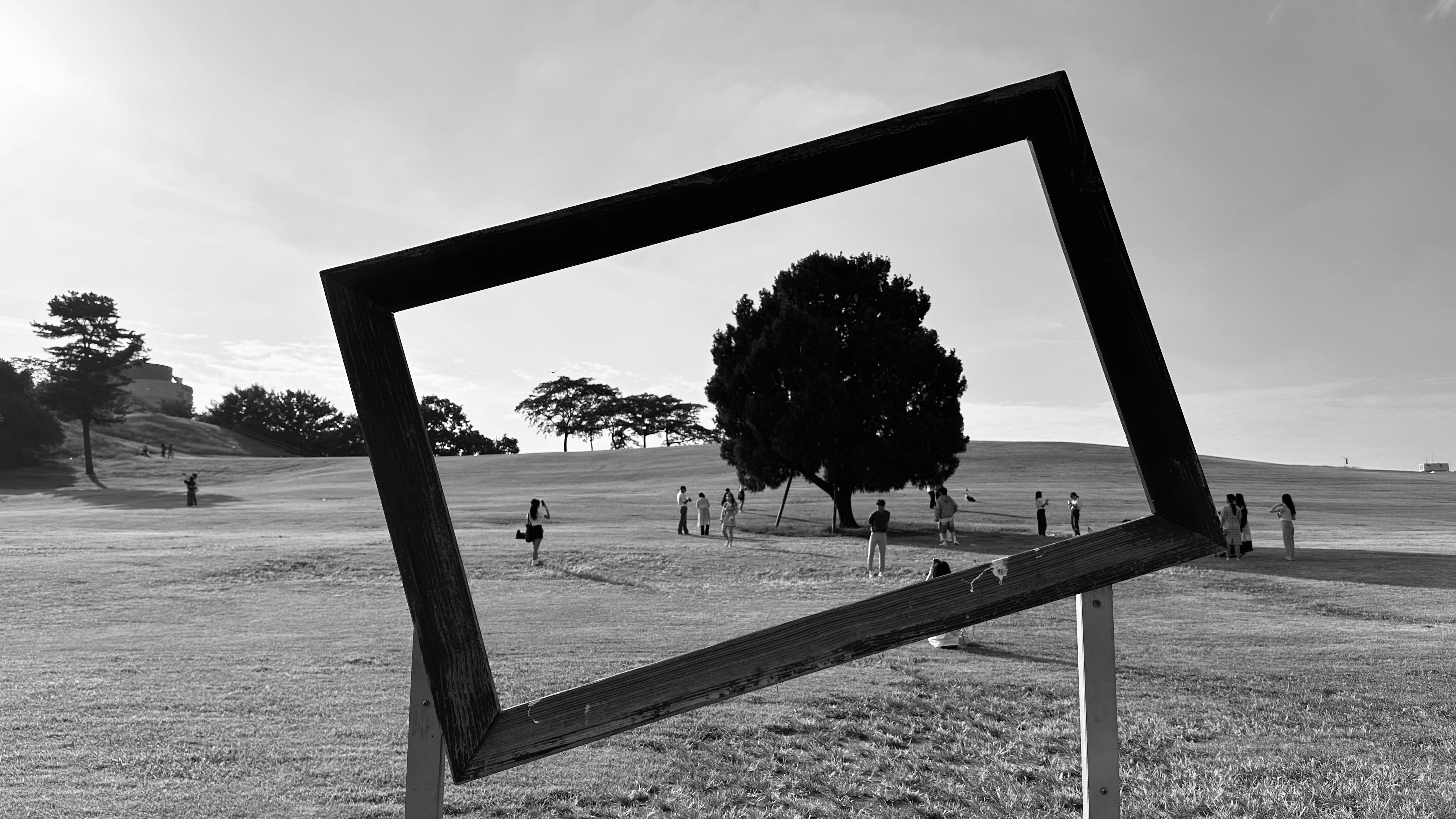Unlock Photography's Emotional Depth: The Impact of Framing Choices
Framing in photography is more than just a technical choice; it can profoundly influence how emotions and narratives are conveyed to viewers. With each image, you hold the power to shape perceptions through composition, evoking a myriad of feelings that resonate with human psychology. This article delves into the intricate relationship between photographic framing techniques and the emotional impacts they yield, while also exploring various gear options that can enhance these artistic choices. By mastering these elements, you can elevate your photography, creating captivating visual stories that speak to the heart and soul.
Understanding the Emotional Landscape of Framing in Photography
The psychological facets of photography are rich and layered, forming a crucial part of the viewer's experience. Many photographers extend their creativity by consciously manipulating framing techniques to elicit particular emotions. As is often discussed in the field, the choice of framing not only encompasses the physical boundaries of an image but also serves as a visual metaphor that can mirror human psychological principles.
Psychologists have long recognized that our environment and the way we perceive it shapes our emotional responses. A photograph that employs a tight, intimate frame can evoke feelings of closeness or vulnerability, while a wide frame may induce a sense of isolation or distance. This ties closely to psychological theories, notably Gestalt Theory, which suggests that the human mind inherently seeks patterns and relationships in visual stimuli.
For instance, consider a close-up shot of a child's face, framed tightly to capture the minutiae of emotion—each crease and glimmer in the eyes tells a story. In contrast, a sprawling landscape shot might emphasize the character's insignificance in a vast world, evoking feelings of awe or loneliness. By understanding the emotional undercurrents behind these choices, photographers can make deliberate decisions that resonate deeply with their audience.
The Power of Framing Techniques: A Call to Emotion
Framing techniques can be categorized into several distinct styles, each capable of inspiring different emotional responses. Here's a closer look:
1. The Rule of Thirds: Balancing Emotion and Composition
The Rule of Thirds is a classic compositional technique employed to create balance and interest within an image. By positioning your subject off-center, you encourage viewers to engage with the photo dynamically, guiding their gaze naturally through the scene. This technique can evoke feelings of tranquility or tension, depending on how the viewer interacts with the composition. When shooting portraits or landscapes, consider how shifting your subject away from the center enhances emotional connection.
2. Leading Lines: Directing the Viewer’s Eye
Utilizing leading lines in your composition creates visual pathways that direct the viewer’s gaze. These lines can evoke a sense of movement or guide emotions, encouraging viewers to explore your image as a narrative journey. Whether it’s a winding road leading to a lonely horizon or a river flowing through a forest, these visual cues forge an intimate connection with the scene. Choosing the right gear, such as a wide-angle lens, can help amplify these lines and strengthen the emotional impact of your photography.
3. Depth and Layers: Crafting Emotional Resonance
Incorporating depth and layers into your composition adds complexity and dimension to your photographs. This can be achieved using foreground elements that frame your subject, creating a three-dimensional feel. Photographers often use this technique to create a sense of narrative—suggesting hidden stories and emotions lying just beneath the surface. Utilizing equipment like prime lenses and fast autofocus can enhance this technique, allowing you to capture sharp details in the foreground while blurring backgrounds, effectively amplifying emotional resonance.
4. Negative Space: Evoking Introspection
Negative space refers to the area surrounding your subject, which can serve as a powerful tool to provoke thought and reflection. By intentionally leaving space empty, the focus shifts to your subject, often bringing forth feelings of loneliness or solitude. This technique invites viewers to ponder what exists beyond the frame, fostering a deeper emotional connection with what they see. A minimalistic approach using simple gear can enhance this technique; consider using a standard lens to capture images that highlight the vastness of negative space.
5. The Macro Perspective: Intimacy and Detail
Macro photography enables an intimate understanding of subjects, revealing emotions that might be overlooked in wider shots. This technique invites viewers into a tiny world, emphasizing the delicate details that often reflect broader emotional themes. Think of a raindrop resting on a petal, symbolizing fragility or renewal. Utilizing macro lenses, photographers can forge an emotional connection through exploration and detail, encouraging viewers to connect on a personal level.
6. Emotion Through Color: The Intersection of Psychology and Gear
Beyond framing techniques, color plays a vital role in conveying emotion in photography. Each color elicits different feelings; for instance, warm tones can evoke comfort and happiness while cooler tones may inspire calmness or melancholy. Understanding the psychology of color in your work can empower you to make deliberate choices that enhance the emotional power of your compositions.
7. The Role of Gear in Enhancing Emotional Impact
To effectively employ framing techniques, having the right gear is essential. Photographers today are fortunate to have access to a variety of tools that assist in achieving diverse emotional compositions. Here are a few recommendations:
Unique Lenses:
- Wide-Angle Lenses: Perfect for landscapes, these lenses help create expansive views while providing room for deeper emotional narratives.
- Macro Lenses: Ideal for intimate shots, they help capture the intricacies of subjects, drawing the viewer into their emotional world.
- Telephoto Lenses: Best for portraits, they allow for flattering compositions while keeping backgrounds blurred.
Filters:
- Polarizing Filters: These filters reduce reflections and enhance colors, making landscapes vibrant and emotionally compelling. They are perfect for capturing the depth of nature.
- ND Filters: Neutral density filters allow you to use slower shutter speeds, creating motion blur and adding a sense of drama to your images, especially in landscapes or seascapes.
Investing in essential photography gear specifically tailored to your artistic approach is crucial for achieving the desired emotional resonance in your work.
The Interplay of Personal Perspective and External Influences
Every photographer brings their unique perspective to their work, influenced by personal experiences, cultural backgrounds, and emotional disposition. Understanding how personal narratives shape your compositions can lead to the creation of more authentic and emotionally rich photographs.
Moreover, external influences, such as the viewer's background or cultural context, can shift the emotional impacts of your framing choices. A seemingly straightforward image can evoke different emotions based on individual experiences. This interconnectedness invites artists to explore deeper layers of meaning in their photography, establishing a dialogue between the image and its audience.
The emotional weight of framing in photography is thus not solely a technical endeavor; it is a profound exploration of the human experience itself.
Final Thoughts: Embrace the Emotional Journey in Photography
As you navigate through the world of photography, remember that the framing choices you make soar beyond mere aesthetics—they invite viewers into the emotional landscape shaped by your unique perspective. By blending psychological insights with innovative gear options, you can construct visual stories that resonate, inspire, and evoke feelings long after the viewer has moved on.
Let your photography be a narrative that finds beauty in emotion, employing depth, color, and gear to compose your visual symphony. As you unlock the emotional depths of your work, you’ll discover the true power of framing, transforming the everyday into extraordinary stories that speak to the heart.
Next Steps: Experiment and Explore
Challenge yourself to implement new framing strategies in your upcoming projects, and combine them with different gear to discover what resonates with you. As you experiment, reflect on how each choice impacts your emotional storytelling. Over time, you will hone your unique photographic voice, emotionally enriching not just your work but the experiences of all who engage with it.












